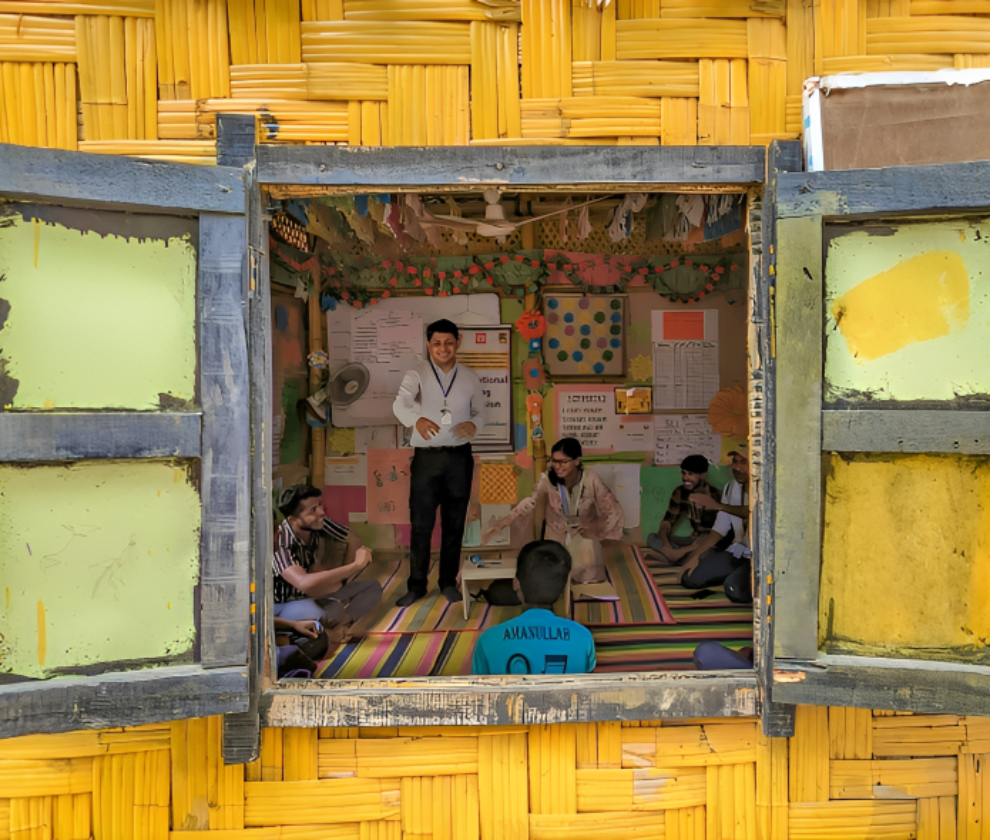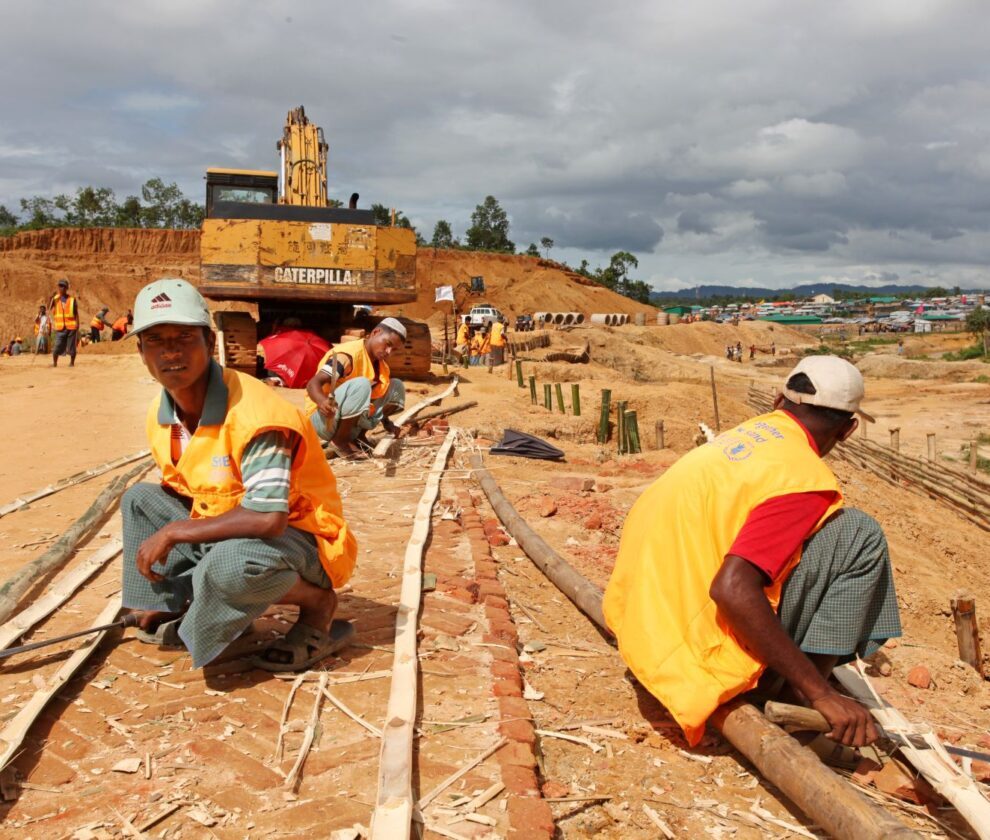The existing healthcare service ecosystem in the Rohingya refugee camps is insufficient to meet the demands of the approximately 1 million Rohingya refugees. When it comes to accessing healthcare services, 44% of households reported that either they have experienced or expect to experience barriers. And despite experiencing broader development over the years, only 17% of the 200 health facilities in the camps have 24/7 access, & only 3 of them have surgical facilities.
The high-quality healthcare services to the Rohingya community are subject to severe limitations. To begin with, in 2022 The Joint Response Plan (JRP) partners experienced a total of USD 61 million funding gap in the health sector which led to 51% of Health Posts, Primary Healthcare Clinics & Field Hospitals that provide critical lifesaving health services being unfunded & 3 health posts being closed. Therefore, the cost is also a hindrance for any Rohingya refugees seeking medical care. Even though there are various healthcare facilities, many of them lack the capacity to provide critical healthcare services.
The Rohingya community is frequently at risk for disease outbreaks because of persistent issues including low vaccination rates, overcrowded living quarters, malnutrition, & shortfall of funding as well. But, the stigmatization of family planning/contraception & menstrual hygiene management mainly contributes to a lack of knowledge, understanding & practices of sexual and reproductive health.
The sanitation facility of the camp area is also a concerning matter as it is the core reason for several diseases that are seen in the Rohingya community. Children at the camp are more affected by skin disease which has been severe in the last 12 months whereas all other age groups have been suffering from conjunctivitis & dengue. The top 5 most frequent diseases among the Rohingya community are skin diseases (29.1%), upper respiratory tract infection (28.3%), gastro-enteric problems (15.1%), acute watery disease such as- diarrhea (3.5%) & ear infection (3.2%).
These difficulties have made it challenging for the communities to get access to top-notch healthcare & to address the needs of the Rohingya refugee community, comprehensive insights into the gaps in providing & accessing services related to healthcare are required.




